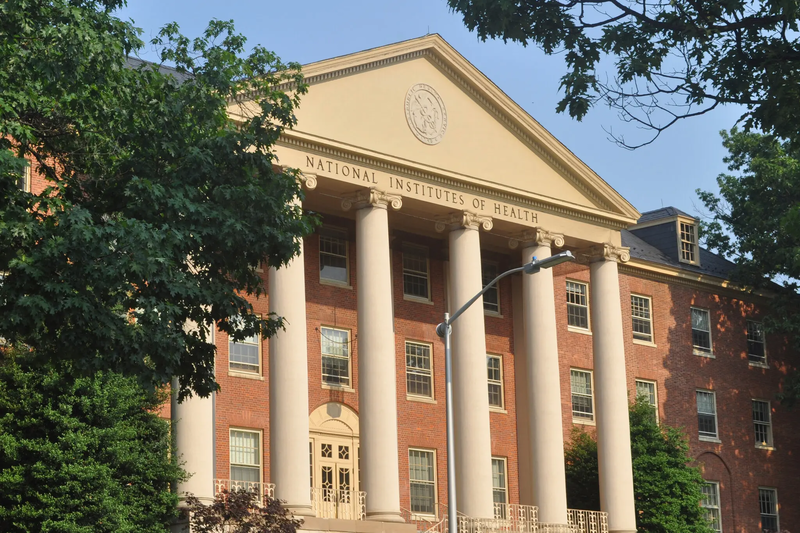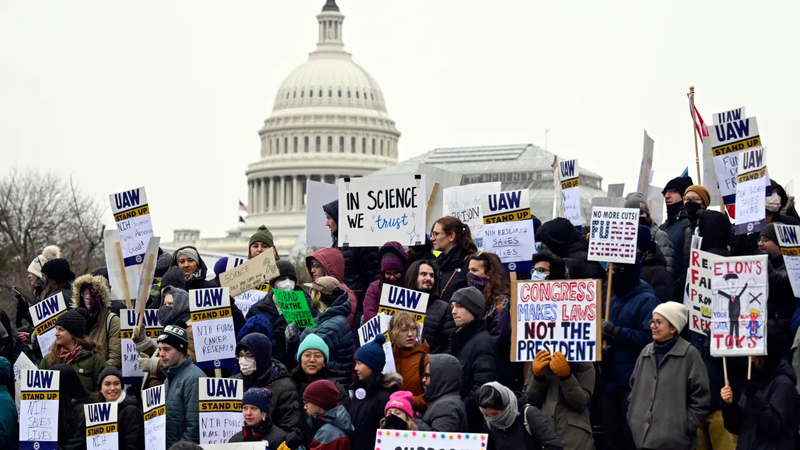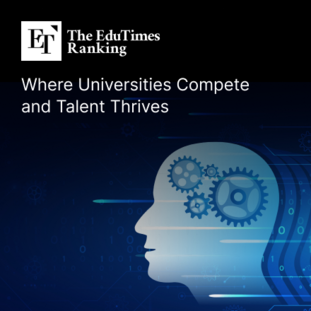Input
Changed
A Threat to Scientific Progress: The Impact of NIH Budget Cuts Legal Challenges and Judicial Intervention The Political and Global Ramifications of Slashing Medical Research Funding

A Threat to Scientific Progress: The Impact of NIH Budget Cuts
In a significant ruling, a U.S. federal judge has barred the Trump administration from implementing drastic cuts to the National Institutes of Health (NIH) research funding. The decision marks a critical point in the ongoing battle over the future of U.S. biomedical research funding. It is a powerful reminder of the complex nature of policy changes within the U.S. government, and the challenges faced by large institutions attempting to restructure or make sweeping budgetary cuts.
The ruling comes amid broader efforts by the Trump administration to overhaul federal funding for medical research, particularly the NIH, which is responsible for much of the groundbreaking work in medical science, from cancer research to public health crises. However, Trump's attempt to slash the NIH budget has generated significant backlash from both the scientific community and lawmakers. This move to restructure government spending in such a drastic way reveals the high stakes involved in government decision-making, where the balance between fiscal policy and public good often leads to intense legal and political conflicts.
The Trump administration’s proposed cuts to NIH funding would have resulted in a significant reduction in the resources available for medical research. For an institution like the NIH, which is tasked with supporting the majority of biomedical research in the country, the cuts would have represented a dramatic change in how health research is funded and managed. The NIH’s budget plays a crucial role in not only advancing medical science but also in addressing some of the most pressing health challenges the country faces, including cancer, heart disease, and infectious diseases.
Under the Trump administration’s proposal, NIH funding cuts were positioned as part of a broader attempt to reduce the federal deficit and restructure the government’s spending priorities. However, the cuts targeted "indirect costs" related to research—expenses that support the infrastructure of scientific research, including the salaries of researchers, equipment maintenance, and administrative costs. While these cuts were intended to curb spending, critics argued that they would undermine the very infrastructure necessary for medical breakthroughs and advancements in public health.
The decision to reduce funding in such a significant way drew criticism from numerous corners. Lawmakers, medical professionals, and researchers alike expressed concern that the cuts would not only hinder the progression of essential research but could also result in the loss of thousands of jobs and the weakening of the U.S.’s leadership in global health research.

Legal Challenges and Judicial Intervention
Almost immediately after the Trump administration’s announcement, the NIH cuts faced legal challenges. In February, legal experts and advocacy groups filed lawsuits seeking to prevent the reductions, arguing that the cuts would violate legal and constitutional principles, particularly in terms of the separation of powers and the importance of maintaining adequate funding for public health and safety.
These challenges were based on the idea that the Trump administration's cuts to NIH funding were not only harmful to public health but also disproportionate in terms of their impact on the research community. Medical research, after all, is an investment in the nation's future, contributing to advancements that save lives and improve the quality of life for millions of Americans.
Despite these objections, the Trump administration continued to press forward with its plans, hoping to push the cuts through before the end of his presidency. However, the mounting legal pressure resulted in a significant intervention from the judiciary.
In response to the growing legal challenges, a federal judge extended a temporary block on the cuts, preventing the administration from moving forward with the proposed reductions. This ruling was seen as a temporary victory for public health advocates who believed that the cuts would have devastating long-term consequences for biomedical research.
The sheer scale of the proposed NIH cuts was staggering. Reports indicated that billions of dollars in funding would be slashed from the agency’s annual budget, directly impacting scientific research and the ability to train the next generation of researchers. These cuts would have led to a dramatic reduction in the NIH’s ability to conduct research, making it more difficult to pursue promising medical breakthroughs.
One of the core criticisms of Trump’s decision to cut NIH funding was that it lacked rational justification. The NIH, widely recognized as a global leader in medical research, had faced previous challenges related to inefficiency and bureaucratic delays. However, critics argued that cutting funding to such an essential agency would not solve these problems. Instead, it was seen as a punitive measure, targeting the institution for perceived inefficiencies rather than addressing the underlying issues with more focused reforms.
The decision to cut billions of dollars from an organization responsible for advancing medical knowledge seemed not only irrational but short-sighted. These cuts were expected to hinder the progress of ongoing research projects, delay the development of new treatments, and disrupt the efforts of scientists working on critical health challenges. Such actions were viewed as fundamentally counterproductive to the goals of improving public health and advancing scientific understanding. Moreover, cutting NIH funding would have had international repercussions. The United States has long been a leader in the global fight against diseases such as HIV/AIDS, malaria, and tuberculosis, as well as in pioneering new technologies and treatments. Slashing the NIH budget would send a message that the U.S. was retreating from its role as a leader in global medical research, with potentially damaging consequences for worldwide health.

The Political and Global Ramifications of Slashing Medical Research Funding
The legal battle over the proposed cuts to NIH funding also reveals the broader political context of the Trump administration’s efforts to restructure government agencies. The fight over NIH funding highlights the challenges faced by any administration attempting to enact significant policy changes, particularly when those changes affect critical institutions that are widely respected and supported by the public.
The Trump administration’s push for cuts came at a time when health policy was already a highly contentious issue, with healthcare reform debates dominating the political landscape. The idea of reducing funding for one of the country’s most vital public health agencies was not only politically risky but also deeply divisive. Critics of the cuts saw them as an attempt to undermine scientific progress in favor of short-term fiscal gains. Supporters, on the other hand, argued that the cuts were necessary to reduce government waste and improve efficiency.
The temporary block on the cuts by the federal judge in early March 2025 represented a crucial moment in this ongoing political struggle. By halting the proposed reductions, the judge effectively shielded the NIH from potentially crippling financial harm and underscored the importance of maintaining robust funding for medical research in the face of political pressures.
The judge’s decision to block the Trump administration’s cuts to NIH funding is a significant moment in the ongoing debate over government restructuring and public health policy. The NIH plays a crucial role in advancing medical research, and the potential consequences of reducing its funding would have been felt for years to come. While efforts to restructure government spending are a common feature of any administration, the stakes are particularly high when it comes to healthcare and scientific research.
The legal challenges and backlash from the scientific community highlight the importance of carefully considering the long-term impacts of policy decisions. Cutting funding to an agency like the NIH, responsible for much of the country’s medical research, could undermine years of progress and delay critical discoveries that improve public health. The ongoing political and legal battles underscore the difficulty of balancing fiscal responsibility with the need to support essential public services, such as medical research.
In the case of the NIH, it is clear that the proposed cuts would have been detrimental not only to American healthcare but to global public health efforts. While the decision to temporarily block the funding reductions is a win for public health advocates, it is only a temporary measure. Moving forward, the debate over NIH funding and government restructuring is likely to continue, with implications for the future of biomedical research, the U.S. healthcare system, and the global health community.





















